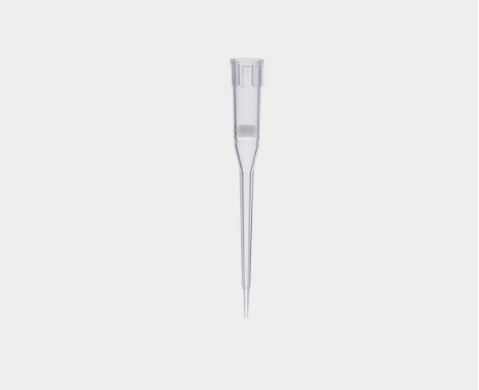Copyright © 2021 Suzhou Cotaus Biomedical Technology Co. Ltd. All rights reserved. Site Map Powered by 
There are so many different kinds of tips to choose from. How do you know which is the best for your pipette and situation? Never fear, that’s what we are here for. This short guide will help you understand your options so that you can choose the correct pipette tip and prevent costly experimental errors and all the rest.

Material – a good pipette tip will be made from high quality virgin polypropylene. Beware of plastic or metal additives that are commonly found in blue and yellow tips as these additives can contaminate samples. If you are selecting a filtered tip, be sure the filter is made from polyethylene and also free from additives such as cellulose.
Mold Quality – pipette tips are made by an injection molding machine. The outcome of the pipette tip is based on the design of the mold and the quality of the polypropylene being injected into the mold
Contaminant Free – ensure that you only purchase tips that have been certified to be free of RNase, DNase, DNA, Pyrogen, PCR Inhibitors, and ATP. This is even more important if you are performing sensitive microbiological testing.
Compatibility – not all pipette tips will fit your pipettes. It is important to ensure that the tip you are considering will fit your pipettes. You shouldn’t have to force the tip onto the pipette, it should grab and stay in place with little to no force required. Most pipette tip brands will have a compatibility chart which will help you to choose an appropriate tip. Most tips, however, should be compatible with almost all the popular brands of pipettes around the world.
Low Retention – low retention tips are becoming more and more popular in recent years. They are generally regarded as a premium tip and you can expect to pay more for them. When looking at low retention tips, ensure that the tips have no secondary process during manufacturing which can cause compounds leaching from the tip during use such as silicone coating.

As with most products, you get what you pay for. Well made, properly fitting tips are essential for accuracy, precision, and ease of use. Investing in good quality tips that have been specifically developed for optimal performance is worth the money, unless you are happy with your precision micro-pipette being not-so-precise anymore.
For the other features (graduated markings, barriers, etc.) you should consider whether there is a price for the added feature. If there is an additional cost, choose tips with those features when experimentally necessary. For example, barrier tips are more expensive than non-barrier tips. So, you might want to save the barrier tips for sensitive applications where contamination could wreck your experiment and use the sterile, non-barrier tips for other techniques.
Remember that you can usually request samples from different companies to find what works best for your research.
Your pipette and tip work together to achieve accurate and precise measurements. Using this guide will help you choose the correct tip for each application to give you cleaner, more robust results.
Con-Rem, as a professional pipette tip supplier, offers a wide range of pipette tips. Each pipette tip meets the specifications of pipette manufacturers. If you have any inquiry, please kindly contact us.